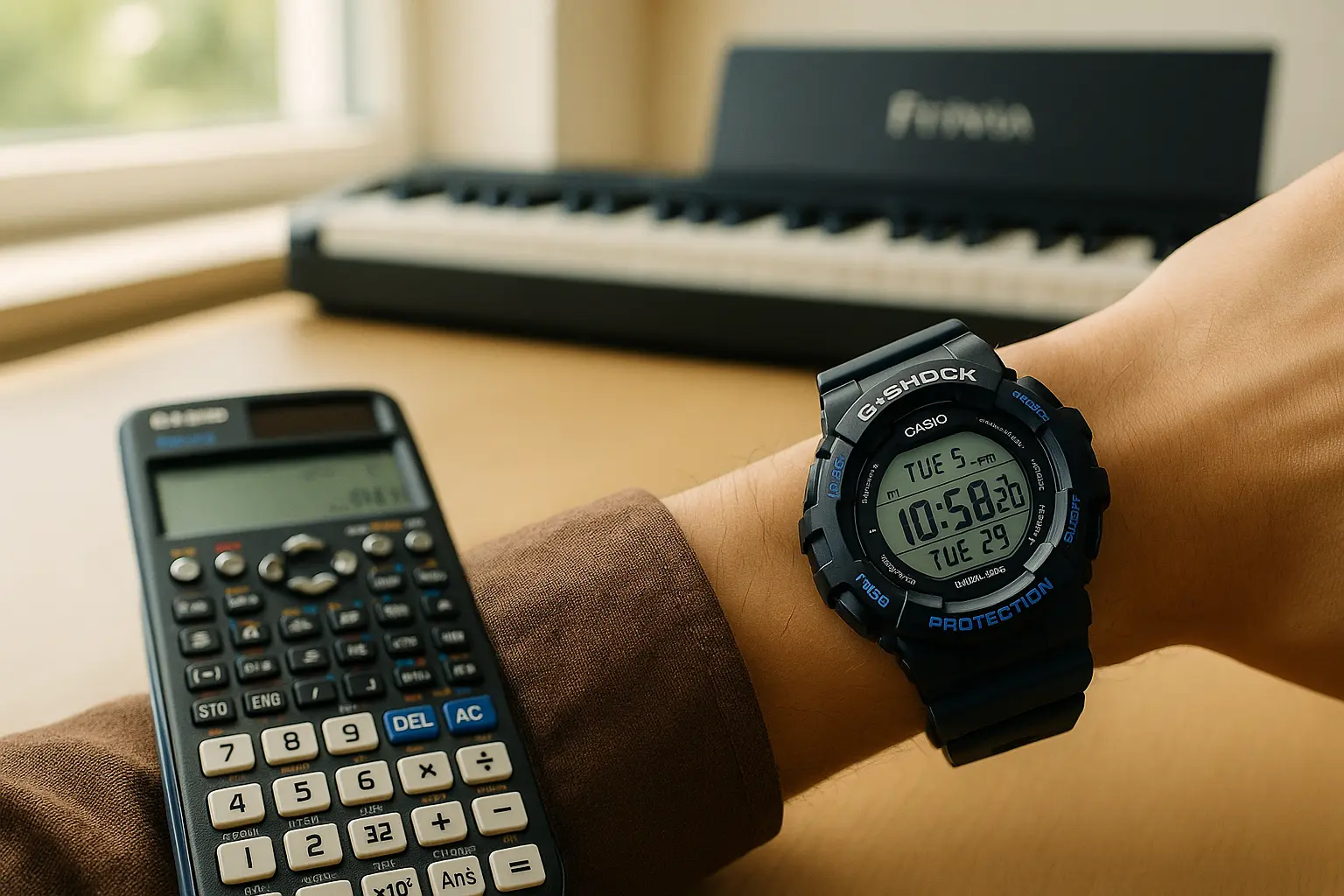Photography is more than just taking pictures; it combines technical skills, creativity, and artistic vision. This art and science of professional photography requires a deep understanding of equipment, composition, lighting, and post-processing. Whether you’re just starting or looking to refine your skills, this guide covers everything you need to know to master professional photography.
Table of Contents
ToggleUnderstanding Professional Photography
Professional photography is about more than capturing a moment. It’s about telling a story through an image. Professionals carefully consider every element in a photo, from the subject and setting to the technical settings and post-production editing.
To excel in professional photography, it’s crucial to understand both the artistic and scientific aspects:
- The Art: Creativity, storytelling, and unique perspectives.
- The Science: Knowledge of cameras, lenses, lighting, and editing software.
Mastering the art and science of professional photography is a journey that blends both sides to create stunning, impactful photos.
Essential Photography Gear
Every professional photographer needs the right tools. Let’s break down the essential photography gear:
| Gear | Purpose |
| Camera | Full-frame DSLRs or mirrorless cameras provide high-quality images. |
| Lenses | Different focal lengths for versatility (wide-angle, telephoto, prime). |
| Tripod | Stability for long exposure shots and precision framing. |
| Lighting | Flashes, softboxes, and reflectors to control light. |
| Memory Cards | High-speed cards for capturing high-resolution photos. |
| Editing Software | Programs like Adobe Lightroom and Photoshop for post-processing. |
Having the right equipment can significantly elevate your photography, allowing you to focus on creativity without being held back by technical limitations.
The Art of Composition
Composition is the foundation of photography. It’s how you frame your subject and arrange elements within the shot to create balance and interest. Here are some fundamental composition techniques:
- Rule of Thirds: Divide your frame into nine equal parts and place your subject along the lines or intersections for a balanced composition.
- Leading Lines: Use lines in the environment (roads, rivers, etc.) to guide the viewer’s eye toward the subject.
- Framing: Use natural elements (windows, trees) to frame the subject within the scene.
- Symmetry and Patterns: Look for symmetry or repeated patterns to create visually appealing images.
A well-composed photograph draws the viewer in and communicates the photographer’s intended message.
Lighting Techniques
Lighting plays a critical role in professional photography, affecting mood, texture, and clarity. Here are some key lighting techniques:
- Natural Light: Soft light from the sun, especially during the golden hour (shortly after sunrise or before sunset).
- Artificial Light: Flash, studio lights, or continuous lighting for controlled, consistent illumination.
- Backlighting: Positioning the light source behind the subject to create silhouettes or dramatic effects.
- Diffused Lighting: Using softboxes, reflectors, or clouds to scatter harsh light and reduce shadows.
Experimenting with lighting setups helps photographers create various moods and highlight different aspects of their subjects.
Editing and Post-Processing
After capturing the perfect shot, editing, and post-processing are the next steps. Professional photographers use software to enhance their images, correct colors, and fine-tune details. Two widely used industry-standard tools are Adobe Lightroom and Photoshop, which allow photographers to edit, retouch, and enhance images. These programs are widely used by photographers to edit photos with precision and creativity.
Here’s a step-by-step guide to basic photo editing:
- Import Photos: Load your images into editing software like Lightroom or Photoshop.
- Adjust Exposure: Correct brightness, contrast, and shadows.
- Color Correction: Modify white balance and adjust saturation to make colors pop.
- Sharpening and Noise Reduction: Enhance image clarity while reducing any unwanted noise or grain.
- Retouching: Remove blemishes or imperfections in the image.
- Final Adjustments: Crop, straighten, and export the final edited image.
Taking the time to refine your photos through post-processing is crucial for achieving a professional finish.
Comparing Different Photography Styles
There are various photography styles, each requiring different techniques and approaches. Below is a comparison of a few popular styles:
| Style | Description | Key Techniques |
| Portrait | Focuses on capturing people and emotions. | Shallow depth of field, natural lighting, framing. |
| Landscape | Captures nature and scenic views. | Wide-angle lenses, deep focus, golden hour lighting. |
| Street | Candid shots of everyday life. | Fast shutter speed, wide aperture, observational. |
| Macro | Close-up shots of small subjects. | Macro lenses, controlled lighting, fine focus. |
| Product | Commercial photography of items for sale. | Studio lighting, sharp focus, clean backgrounds. |
Each style requires a unique set of skills and gear, but all are integral parts of the art and science of professional photography.
FAQs about Professional Photography
- What is the best camera for beginners in professional photography?
- Entry-level DSLRs like the Nikon D3500 or mirrorless cameras like the Sony Alpha series are excellent starting points.
- Do I need expensive gear to become a professional photographer?
- No, it’s more important to understand the principles of photography. However, investing in quality gear will improve your results over time.
- How do I find my unique photography style?
- Experiment with different styles (portrait, landscape, street) and find what resonates most with your creative vision.
- How important is post-processing in professional photography?
- Post-processing is crucial. Even great shots can benefit from edits in exposure, color correction, and retouching.
- How long does it take to become proficient in professional photography?
- It varies. With consistent practice and learning, you can see significant improvement within 1-2 years.
Conclusion
Mastering the art and science of professional photography requires dedication, creativity, and technical know-how. From understanding the importance of composition and lighting to investing in the right gear and mastering post-processing techniques, every step helps you improve your craft. By continuously practicing and exploring different styles, you can develop your unique voice as a photographer.



















